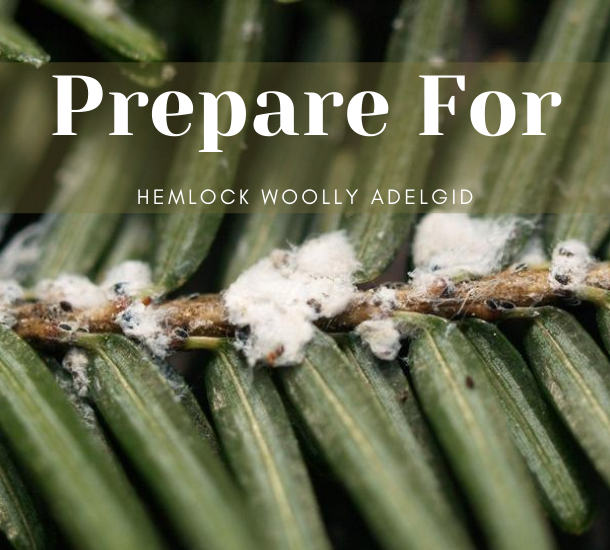The rapid response to the recent confirmed presence of HWA at Lake George was made possible due to the years of planning by APIPP, DEC, NYSHI, and other partners. Starting in 2015, APIPP, DEC, and NYSHI were working with the Adirondack Park Agency, and other stakeholders to plan for management of this forest pest once it arrived. This work enabled stakeholders to coordinate quickly to begin treatment. In the SLELO PRISM, similar work has been underway. Hemlock stands are being identified in the region and monitored for health and signs of HWA by the SLELO Early Detection Team and volunteers.
Although all hemlocks have ecological value, it is impossible to save them all. Having a hemlock conservation plan before your hemlocks are infested with HWA will allow you to put your resources towards protection of your most important hemlocks. The NYS Hemlock Initiative has developed a Hemlock Prioritization Tool that assists land managers and landowners with this process in addition to treatment information, and citizen science opportunities.
It is also important to consider that the Lake George HWA infestation was first identified by a camper from downstate, who had recognized the signs of infestation at the Glen Island Campground while camping and reported it via iMap. This report then triggered a response from the DEC and lead to the rapid response control effort now undergoing in the Adirondacks. Without that citizen scientist participation, the HWA infestation may have continued to be unrecognized. This is a great example of the power of community science. So be sure to keep an eye out for hemlock woolly adelgid this season and report suspicious observations to iMapInvasives.org.




